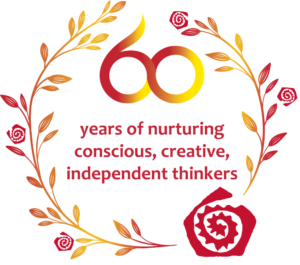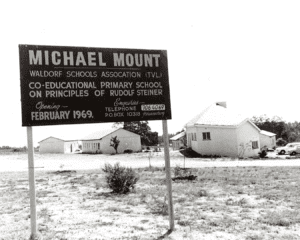A brief history of Michael Mount
Founded by a small group of parents who were seeking a
holistic education for their children
1960
Michael Mount Waldorf School is founded by a small group of parents and educators familiar with the ground-breaking work of Rudolf Steiner.
1969
The College of Teachers is founded in October.
1971
The swimming pool is completed.
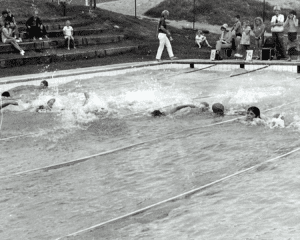

1972
The dodecahedron is planted with the whole school present (including our current School Administrator, Mr William Bester!). It was planted where the school tuckshop is today.
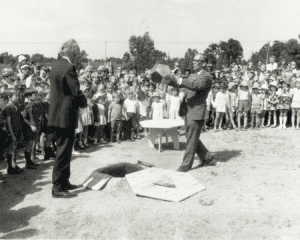

1973
The tennis courts and first three permanent classrooms are completed.
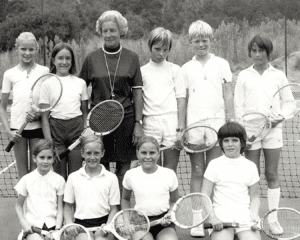

1975
The Nursery School moves into permanent classrooms.
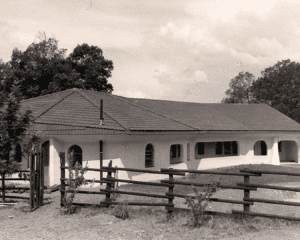

1976
The Bryanston Organic Market opens on the grounds.


1980
The High School starts.
1981
The Council of Management is established.
1987
The first group of Michael Mount students write matric. David Bruce, a Waldorf alumnus, becomes the first South African conscientious objector to be sentenced to jail. He spends six years in jail for refusing to serve in the South African Defence Force, on the grounds that it is “… not a neutral peace keeping force: it is upholding and defending a racist political system.”
1989
Building of the school’s auditorium commences. The Michael Mount Outreach Programme is established to share expertise, resources, and facilities with disadvantaged schools.
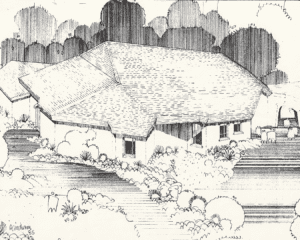

1990
The Michael Mount aftercare facility is established.
1996
The Cyber Centre is completed. The school gets its logo.
2000
Start of the Play Group for children aged 2 to 3. The school gets its first bus.


2001
Double streaming introduced.
2002
Michael Mount hosts the National Waldorf Teachers’ Conference.
2004
Four new classrooms for the High School completed.
2005
The International Waldorf Youth Kgotla (conference) with youth from all over the world, is hosted by Michael Mount.
2006
Building of a new High School block commences.
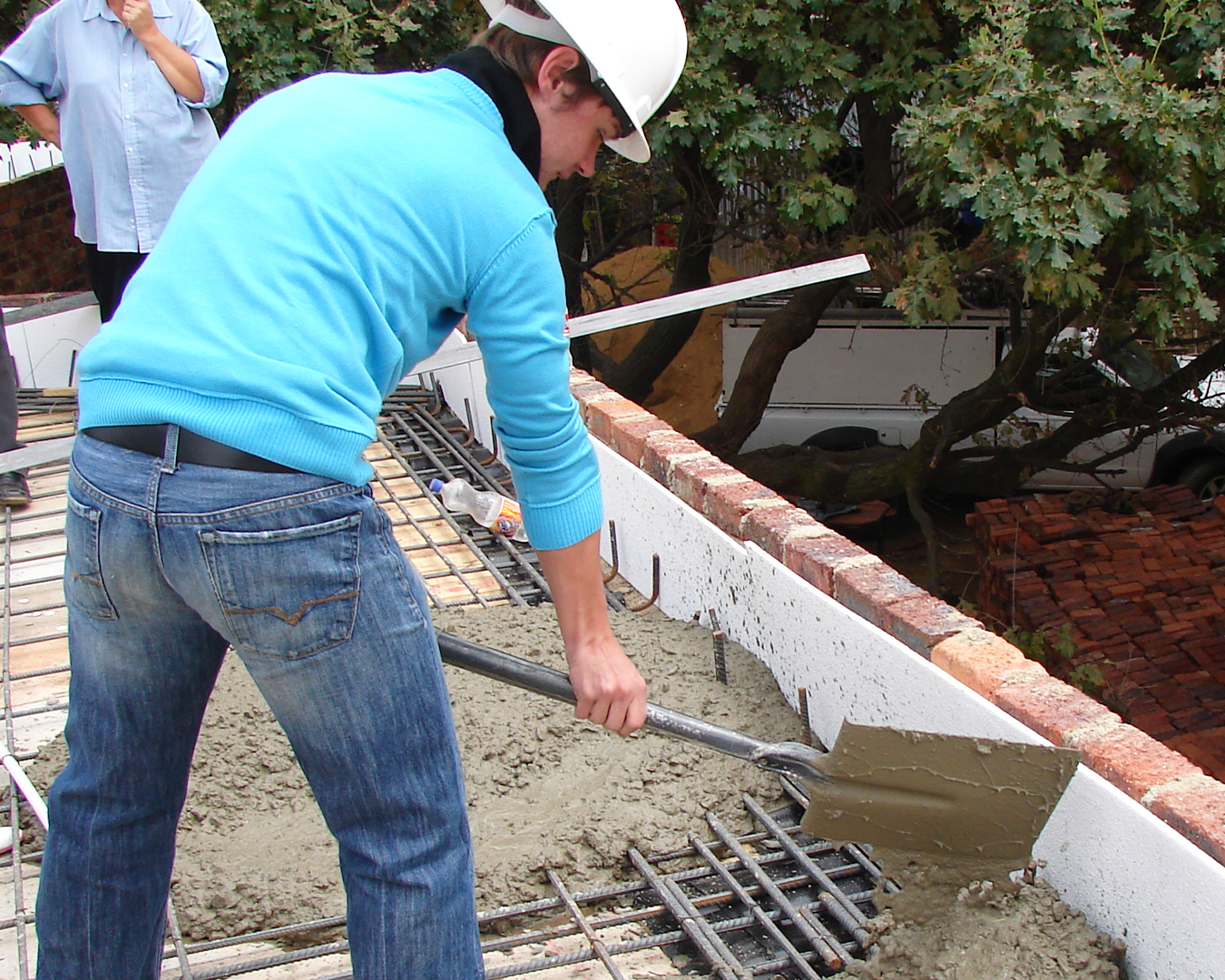

2008
Michael Mount hosts the National Waldorf Teacher’s Conference.
2009
The Library is completely transformed. Computerised cataloguing starts. Double streaming reaches the High School.
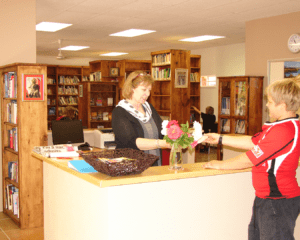

2010
Michael Mount turns 50!
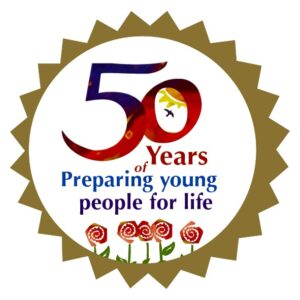

2011
Michael Mount acquires the Steiner Centre from the Anthroposophy Society on campus. It becomes the Steiner Centre for Art, Music, and Drama.
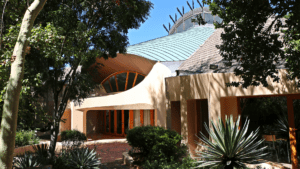

2015
Two adjacent properties are purchased bringing the total size of the Michael Mount campus to 6 hectares.
2016
The Early Childhood Centre is established, and the High School block is extended.
2018
The AdVenture Leadership programme for post-matric students is launched.
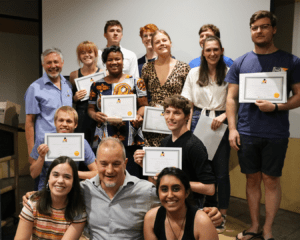

2019
Centenary of Waldorf education celebrated worldwide.
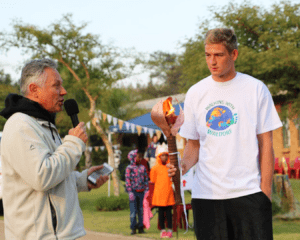

2020
Michael Mount turns 60!
